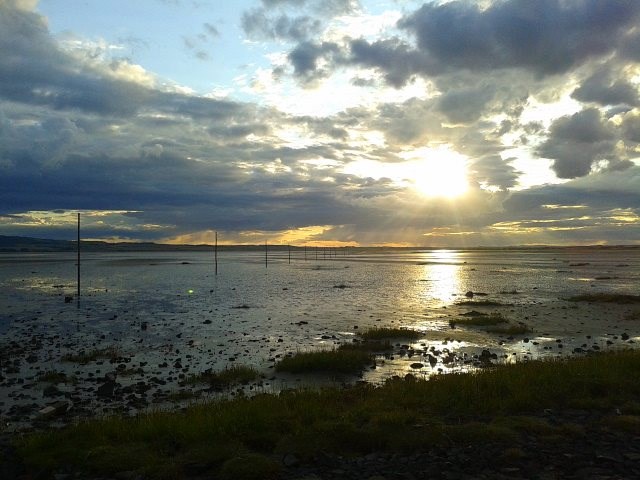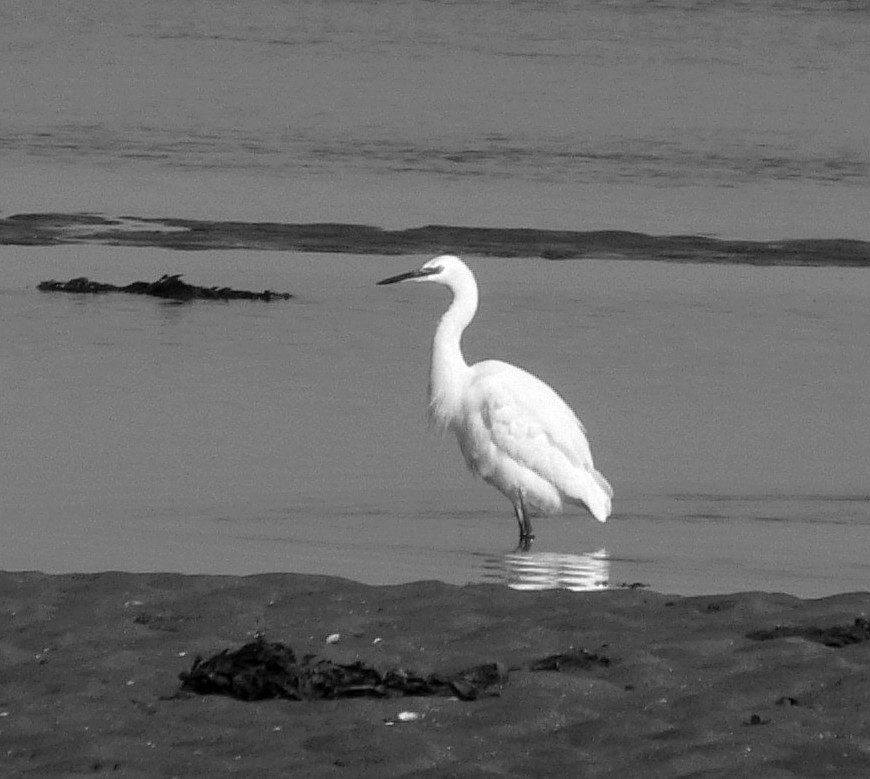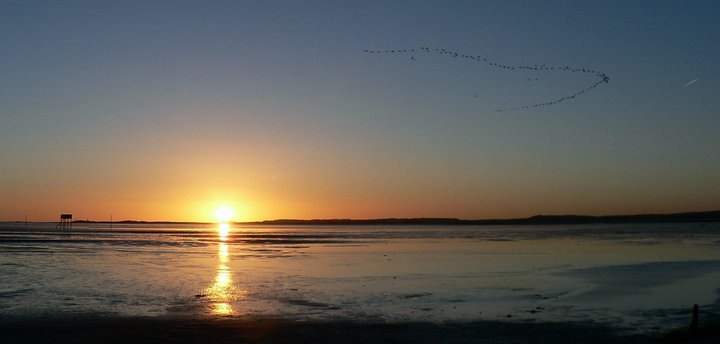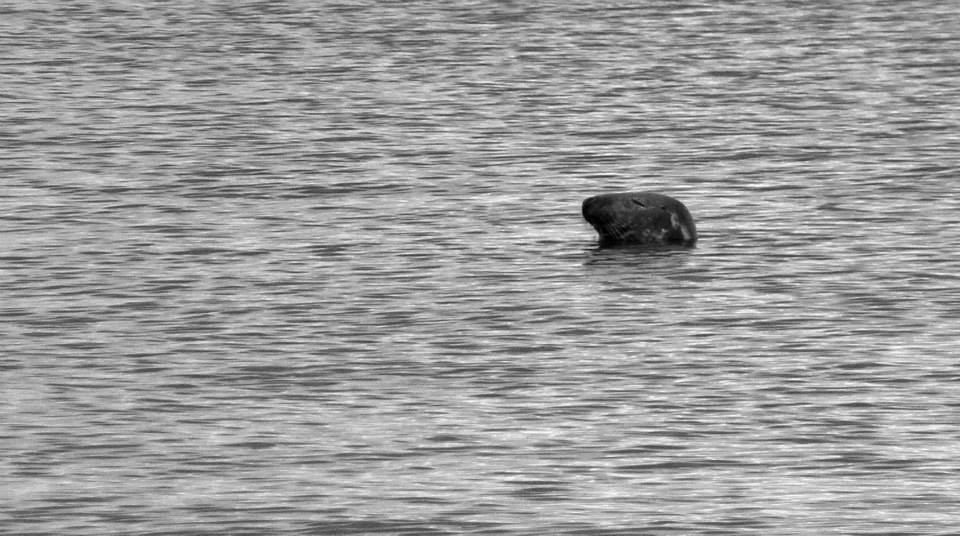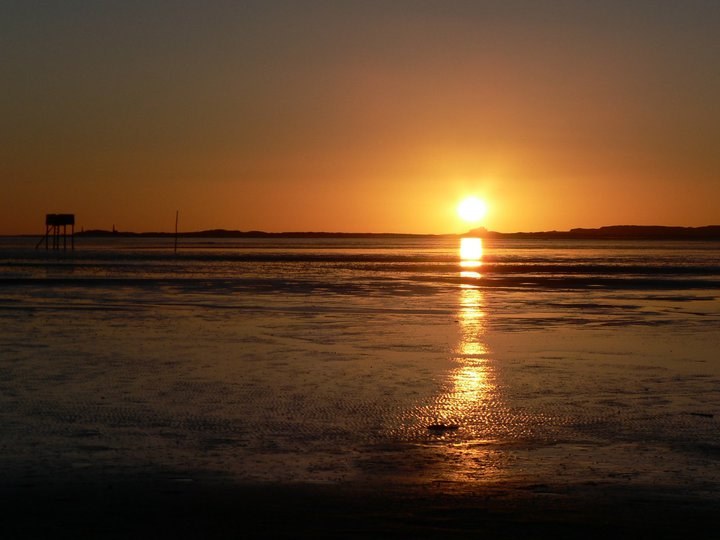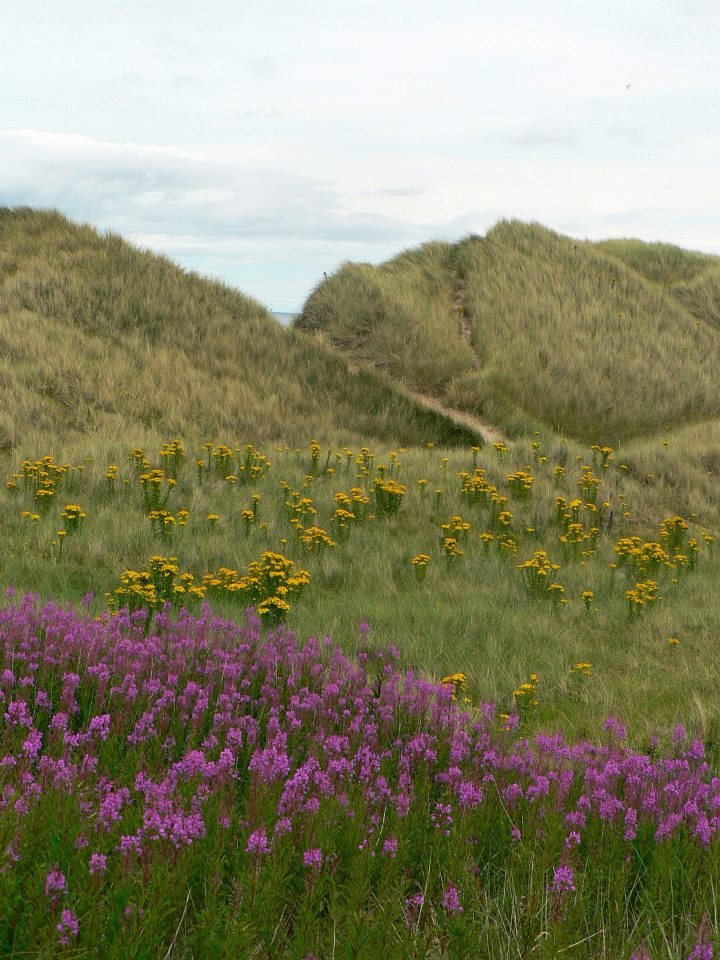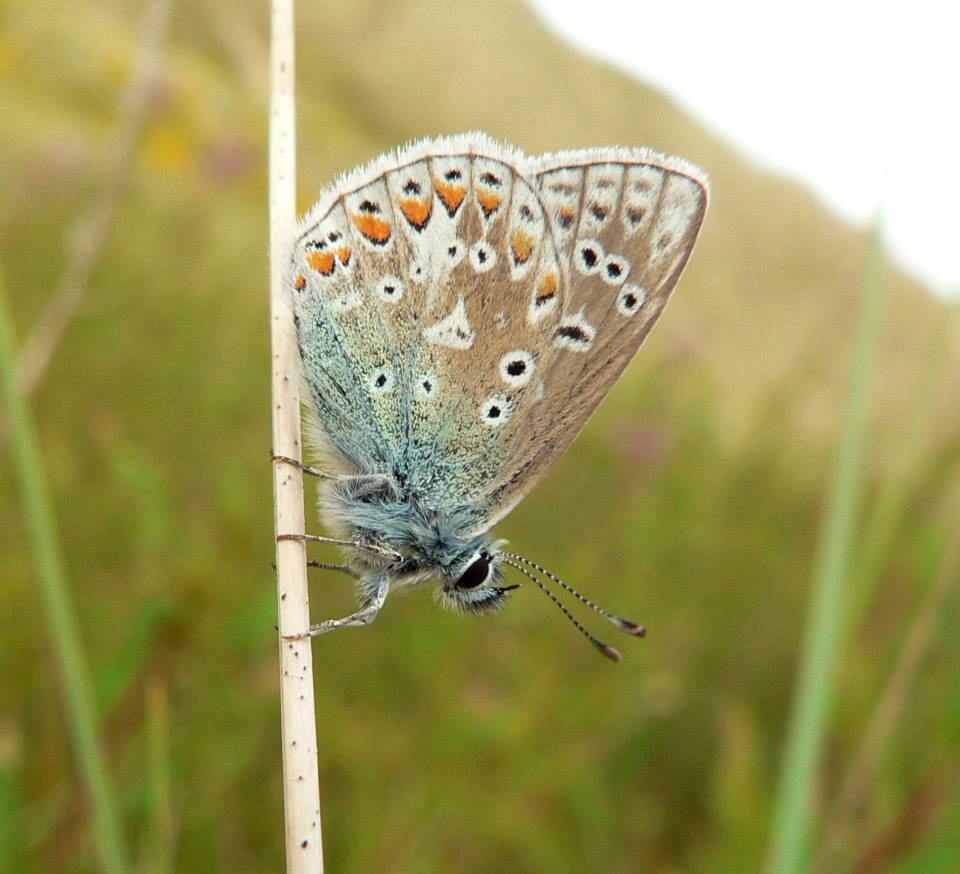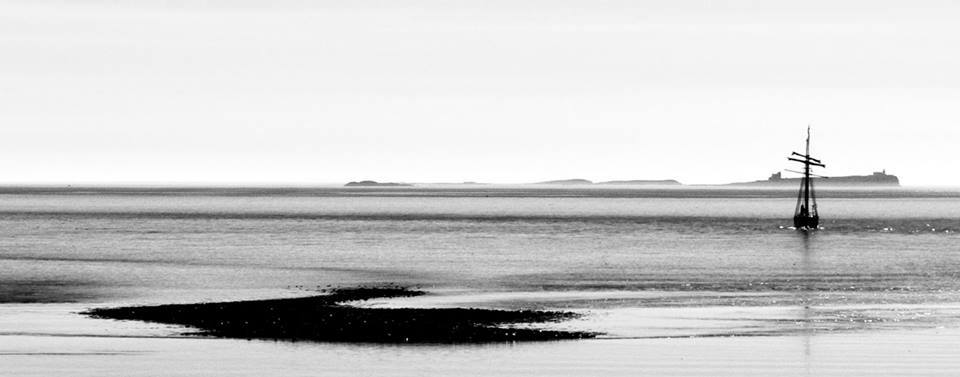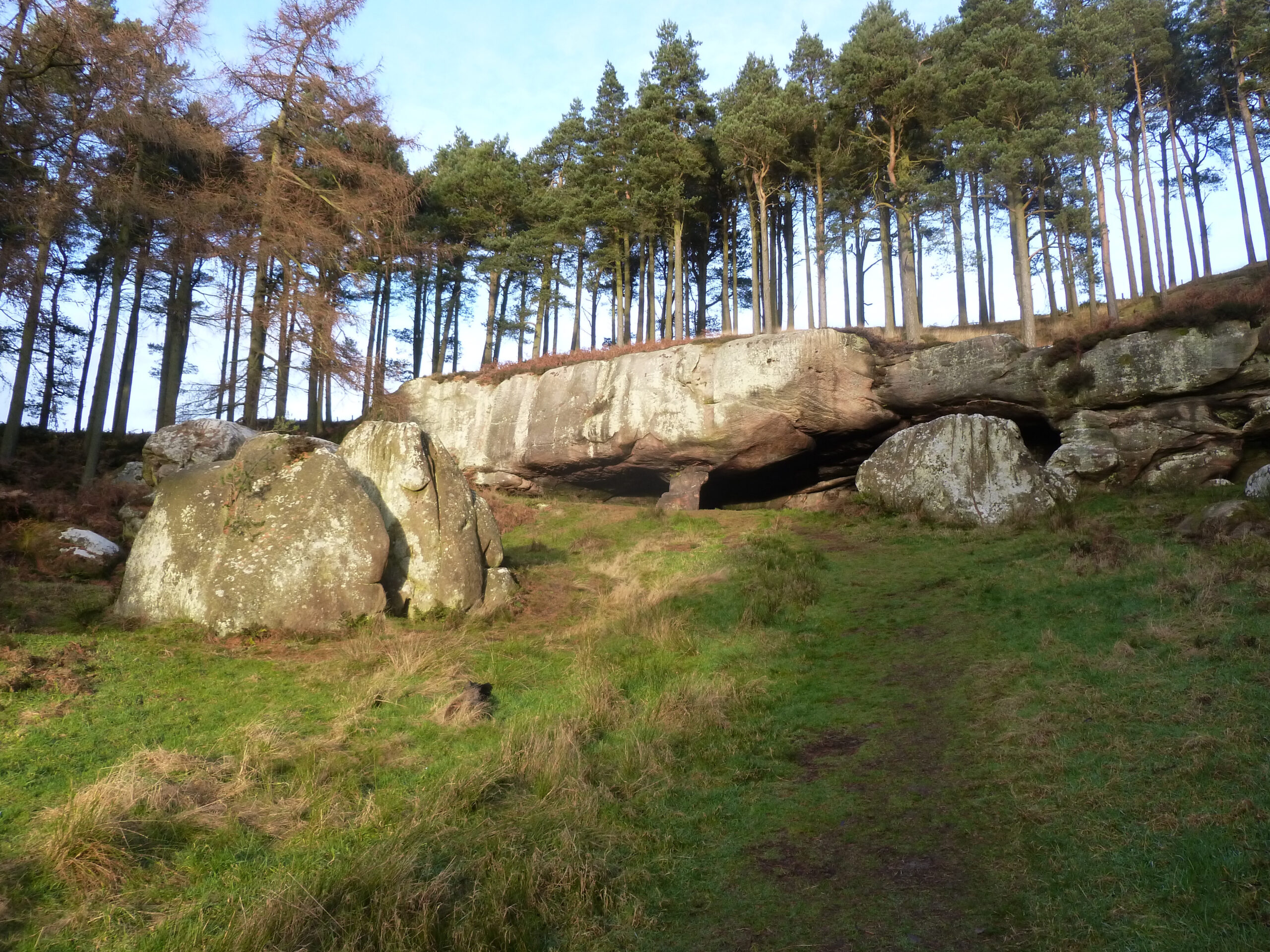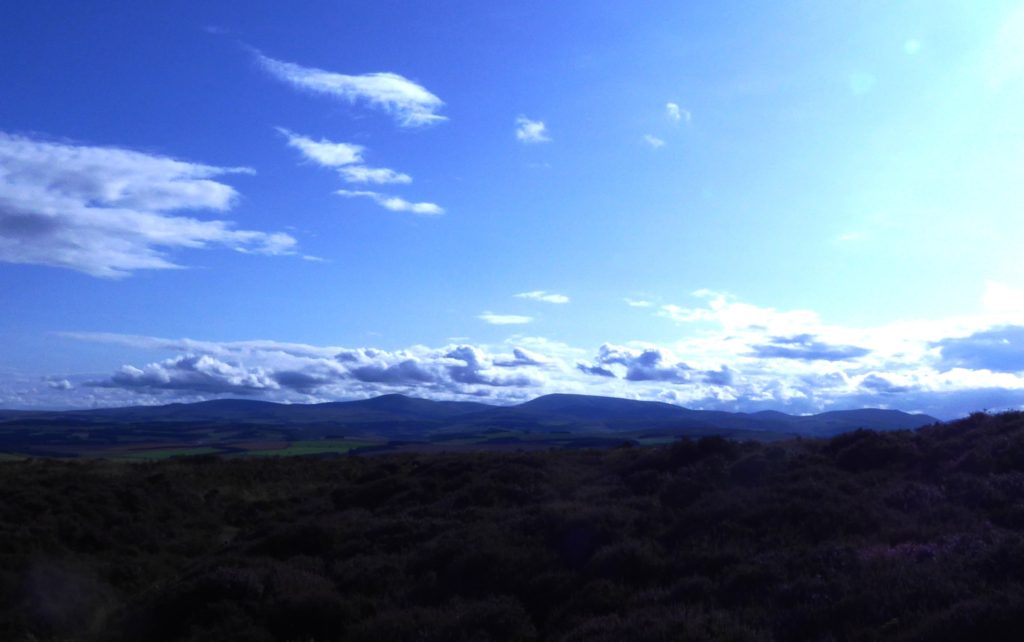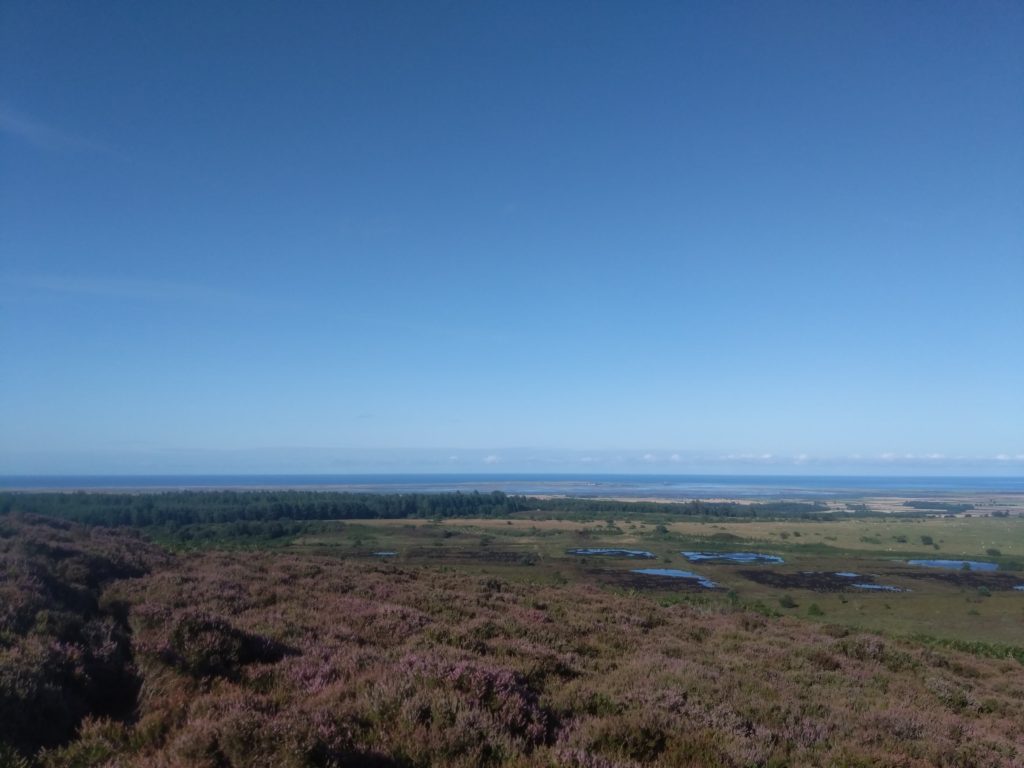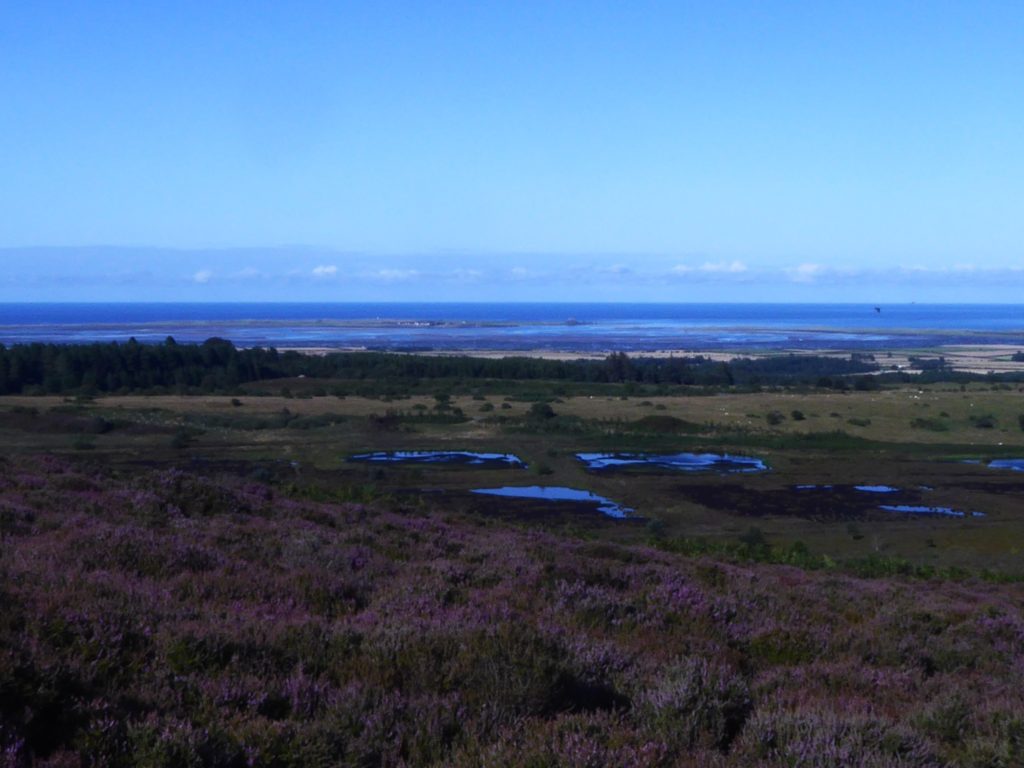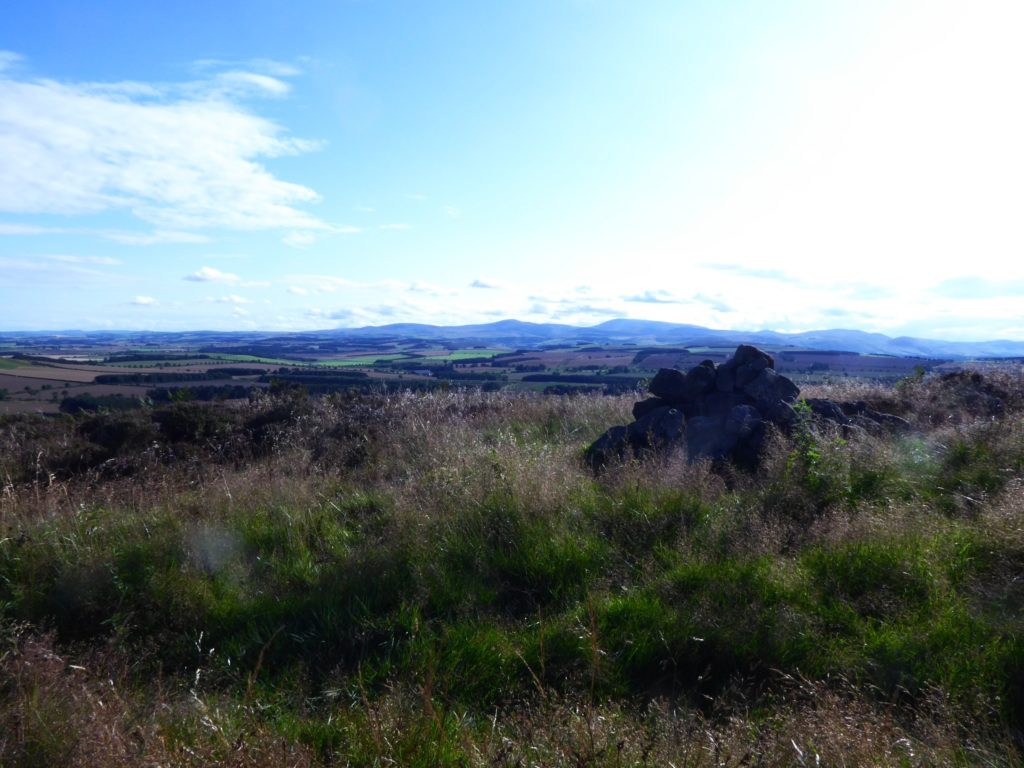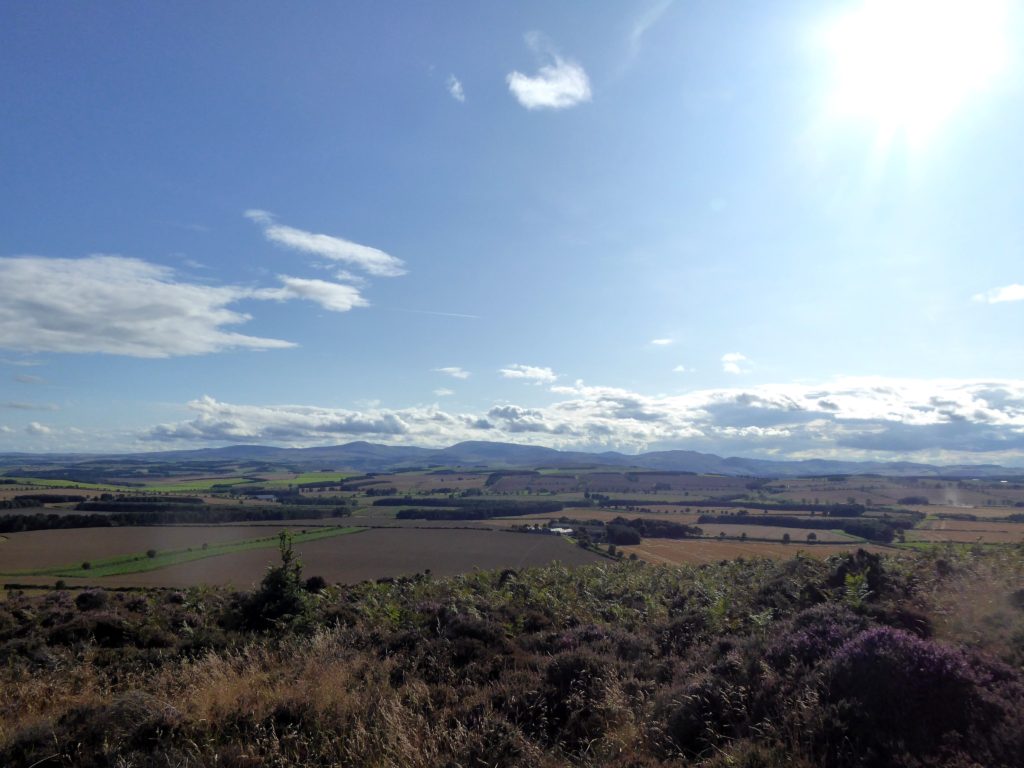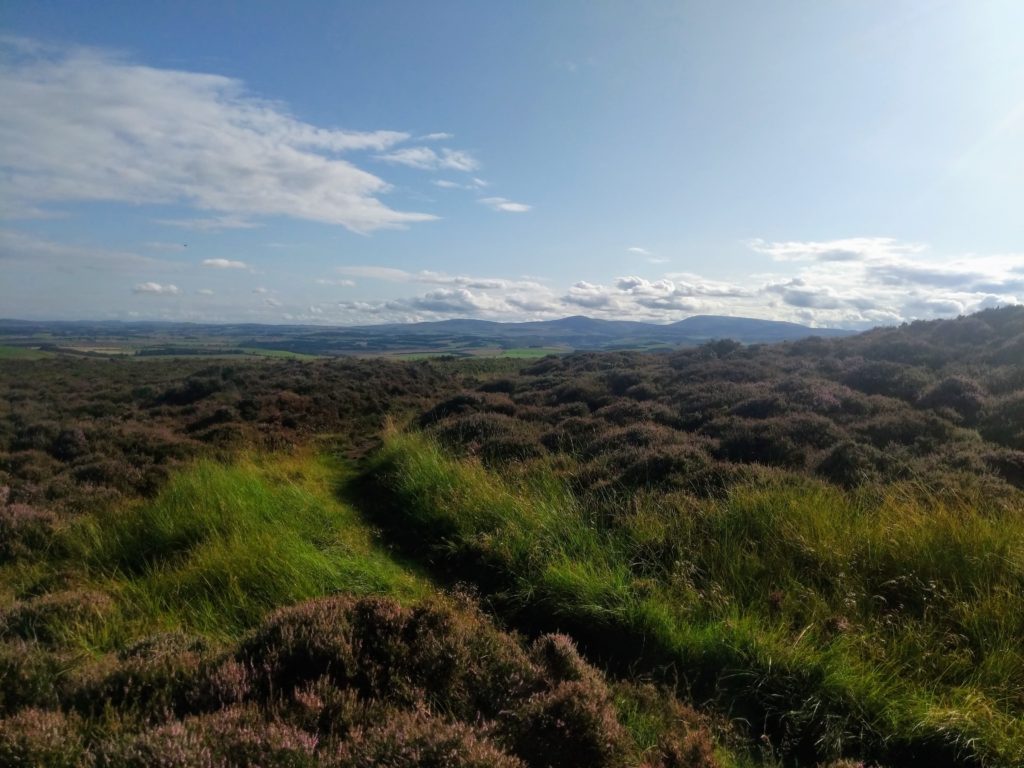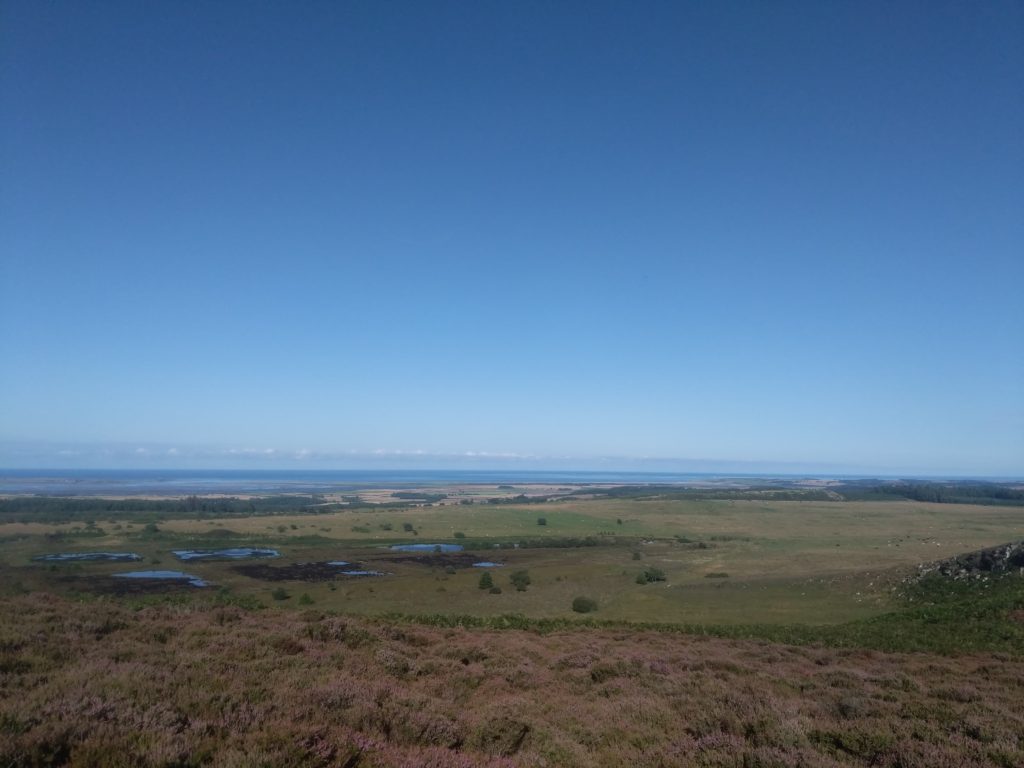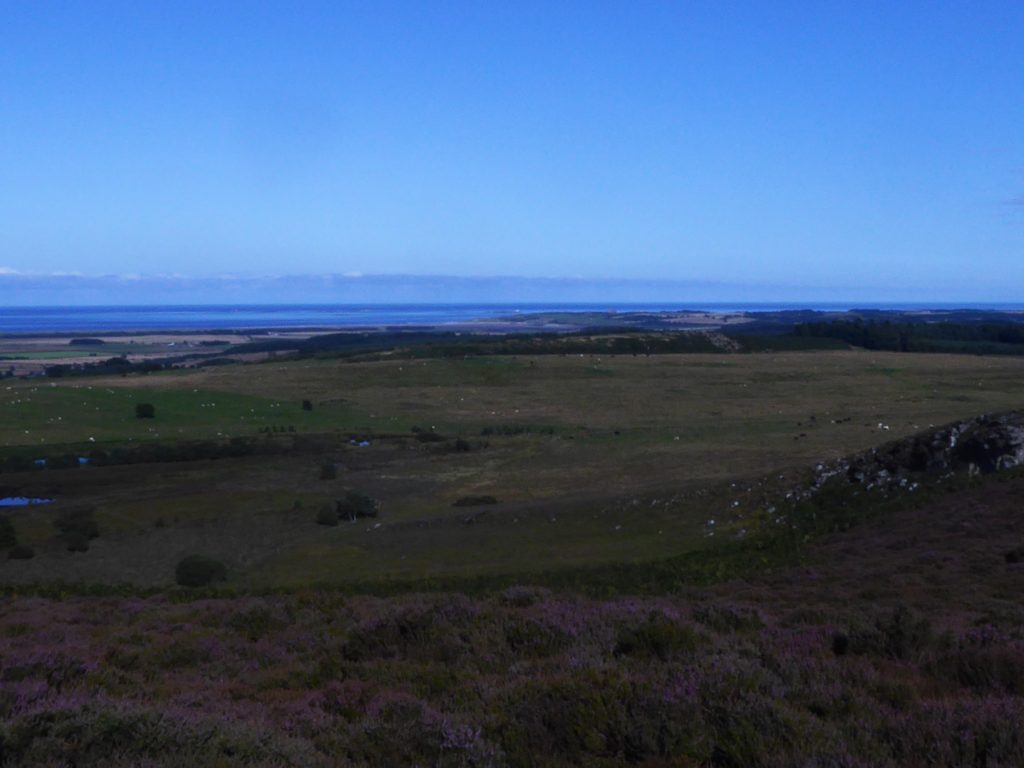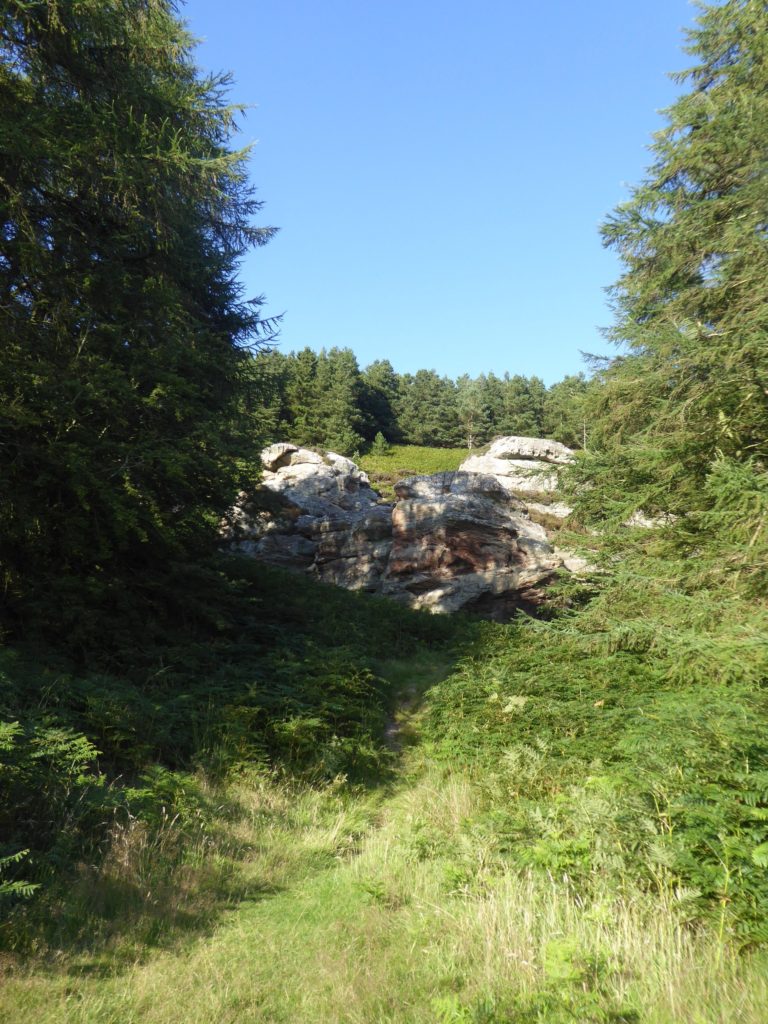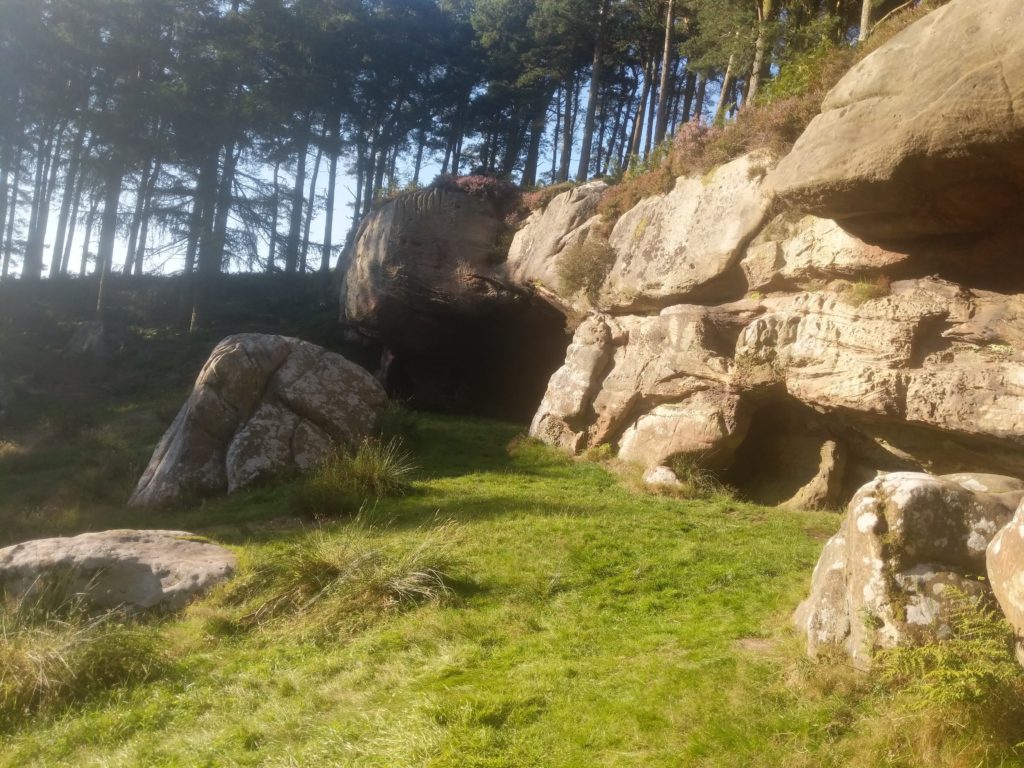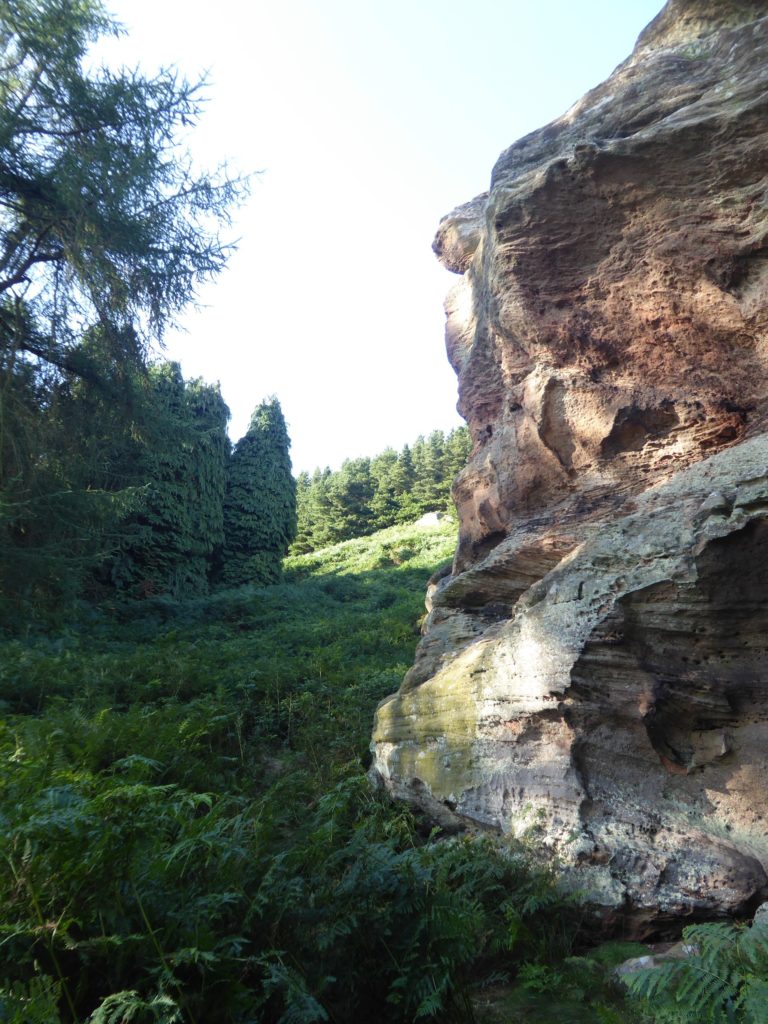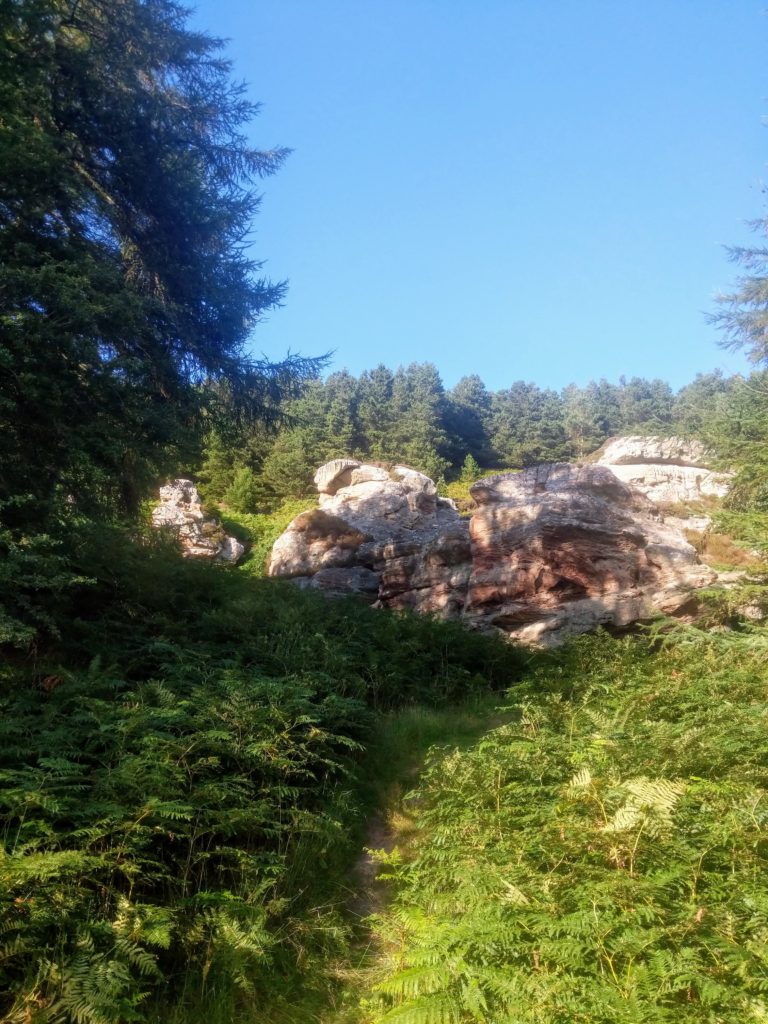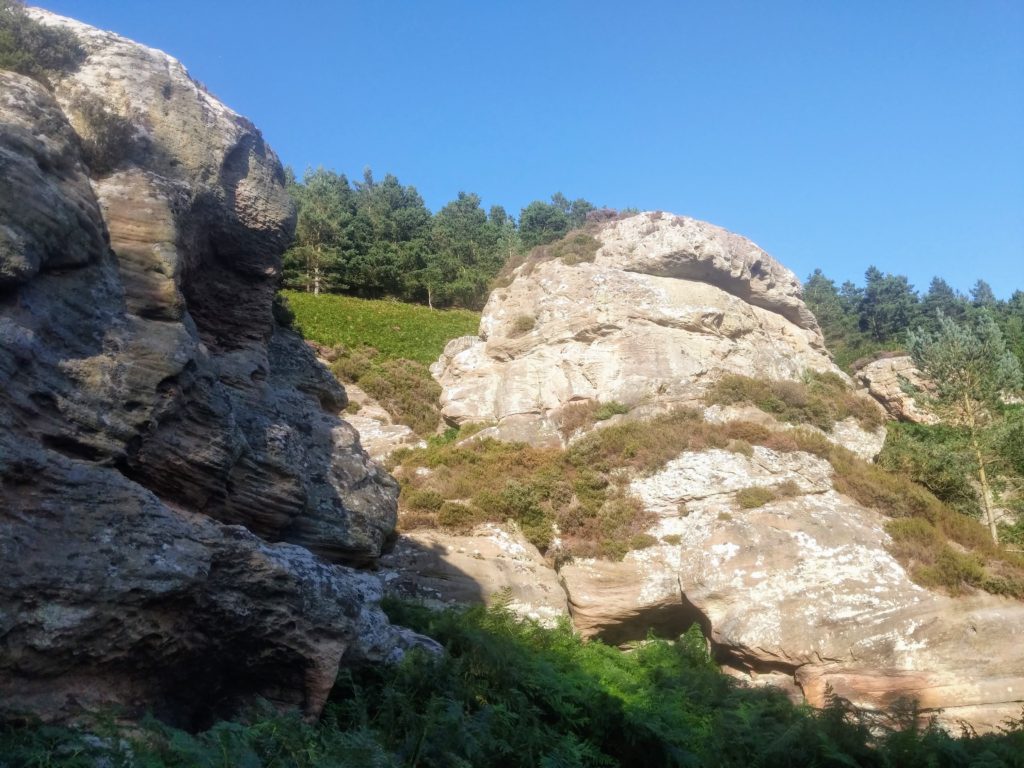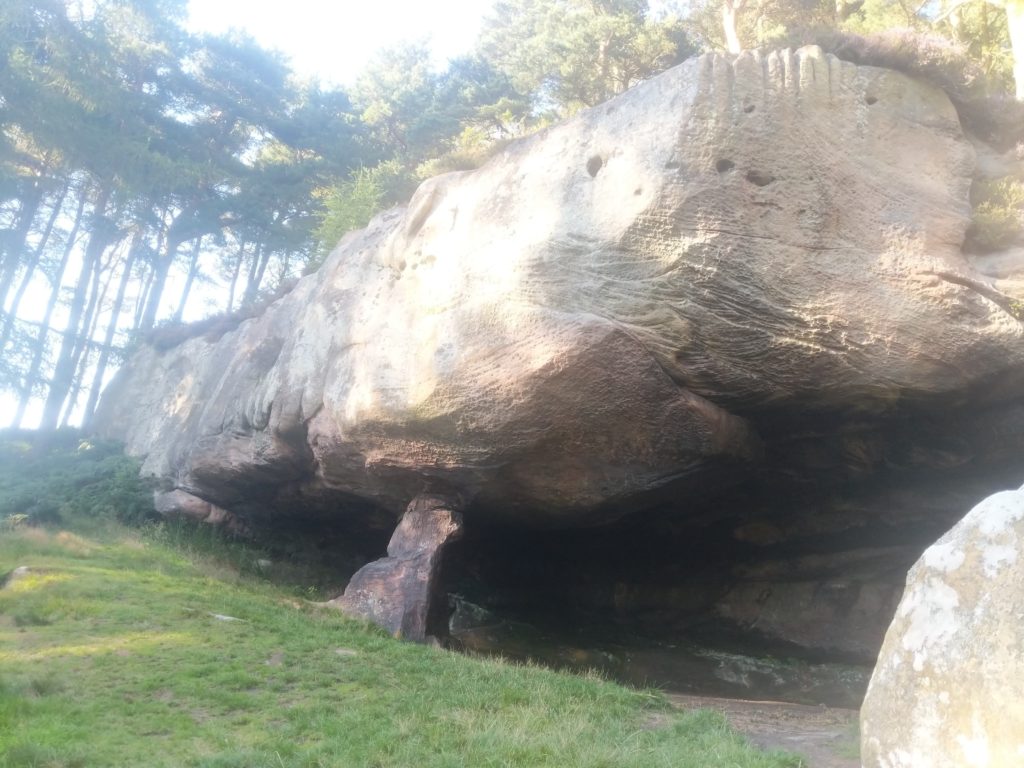Should your stricken conscience (If it is so) need some respite from ceaseless images in the media of plastic strewn seas and beaches then there’s no better place to visit, at the time of writing that is, than Ross Beach. Ross is one of Northumberland’s most vast and quietest beaches and a walk along the unspoiled sands to The Beacons at the northernmost point provides a good objective if you’re in the mood for more than simply relaxing at the seaside. You might see a washed up lobster pot, net float or fish box as you wander but why not carry a bag anyway and pick up any smaller litter that you do find? Honey Nuc likes to support the ethos of 2 Minute Beach Clean. https://beachclean.net/

Perhaps the main reason for Ross being particularly crowd free is that there’s a walk of about a mile to the beach from the closest point (Ross Farm) at which you can park a car. I think it’s OK to cycle across the links between the farm and dune fringes of the beach. Certainly was when I was a lad. And you could lock bike/s to a fence amongst the dunes near the beach. The walk I’ll describe is a bit over 10km, 6.3m, and is out and back for the most part but with a loop section around midway.

Ross Farm (Belford NE70 7EN Grid Ref NU 133372) is about 6 miles from Honey Nuc by road. Take the A1 north, turn off right onto the un-named road at the junction opposite Belford Quarry, (This being the second junction off the A1 as you head N from Adderstone Mains road end.) cross the railway at Crag Mill crossing then turn left, carry on for about ¾ of a mile and take the first right which leads to Ross Farm. You’ll come to a point with signs indicating you can’t drive any further. Park there on verges to the left of the road and don stout walking shoes. Or trainers. Or even sandals. You shouldn’t have been driving without shoes on!

Walk straight along the road beside where parked, past the various cottages of Ross Farm and through the gate at the brick built Coastguard Cottages where Ross Links begin. Keep on the track and then hardcore path which becomes grassy as you approach the dunes. Through another smaller gate in the fence amongst the dunes and you’ll soon be at the sands where you’ll be met with a huge coastal vista of Ross Back Sands and Budle Bay bookended away to the north and south by Lindisfarne and Bamburgh Castles respectively. Quite a sight here if the North Sea (The area of sea just off the sands is called Skate Road) is broiling with a big swell, and on a day with millpond calm the sense of space and peace is uplifting. Dogs and small children alike are liable to flip into a frenzy of excitement trying to fill the emptiness.

Look northward along the beach and you’ll see the twin peaks of The Beacons just beyond the far dunes and across the water from Holy Island. About 2/3rds of the way along the sands to the north is an inlet between Ross dunes and those which form a small islet, Old Law, beyond and where The Beacons are. The inlet is called the Wide Opens and on big full tides it can flood with water through to Fenham Flats to the rear. Wide Opens doesn’t flood with much water when it does but keep the possibility in mind with the timing of your walk if you’re going all the way to The Beacons. Another possible obstruction to walking all the way to The Beacons, usually beyond Wide Opens, is the ground nesting of some seabirds during some of the Summer months. English Nature post signage about this restriction at Ross and on the beach as well as sometimes having wardens patrolling the beach to alert people.


Once at the beach your walk is simply heading northward on the beach until you come to Guile Point where the Beacons are. The Beacons are called Guile Point (The eastely one) and Heugh Hill (Westerly) or sometimes Guile Point East & West, Old Law, and are described by Trinity House as wooden interior, stone clad obelisks, established in 1826. They are 21m and 24m high respectively, solar powered lights were added in the early 1990’s and they mark safe passage for vessels approaching Holy Island Harbour. Guile Point is a good place for watching seals which are often swimming close by shore in the waters there. When I last visited a colony of them was basking on the sands at the point.



Rounding the point you can continue on the landward side of Old Law until you come to Wide Opens again and cut through there back to the beach. On the landward side of Old Law you’ll look across Fenham Flats toward the mainland. The whole area of the flats fills up at toward high tide and this flooded area is what isolates Holy Island twice a day. Fenham Flats is also the location of the oyster beds of the highly respected Lindisfarne Oysters based at Ross Farm. There’s a lovely area of the high water mark on this landward side of Old Law where broken seashells have encrusted the sand/mud tideline to form a natural mosaic pathway.

Once you’ve rounded Old Law and cut back through Wide Opens to the beach the return leg of the route is simply to retrace your steps back along the beach and across the dunes and links to Ross Farm again. You could extend a little by going as far south on Ross Back Sands as you wish. The beach becomes the inlet of Budle Bay at the southerly, Links End, point. Budle Bay also floods with the tide incoming toward full.
This route can be downloaded in the following formats GPX, KML, TCX, FIT, JPG, GIF, PNG, PDF. (click the button below to download):

